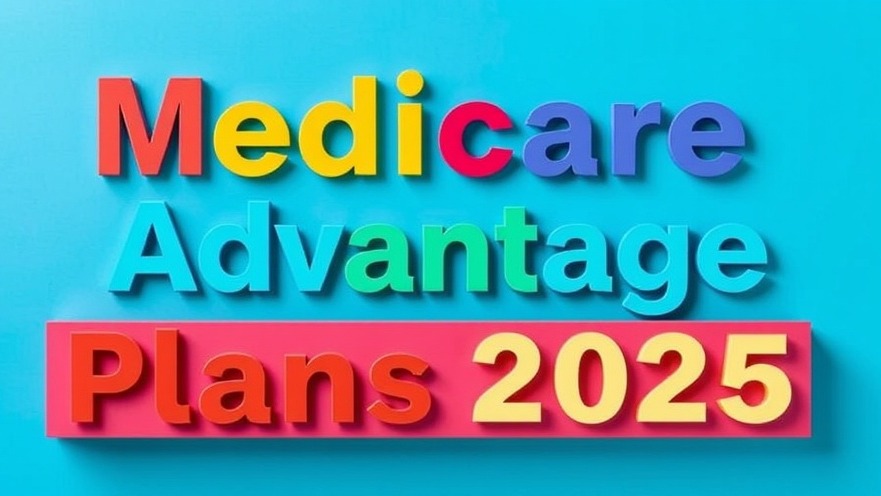
Understanding Medicare Advantage Premiums in 2025
As we navigate through 2025, it is essential for suburban professionals to fully understand the nuances of Medicare Advantage plans. These plans provide a structured alternative to traditional Medicare by allowing enrollees to receive their benefits through private insurers, which can offer additional services beyond standard Medicare coverage. Notably, more than three-quarters of individual Medicare Advantage enrollees who have prescription coverage pay no additional premium, aside from the mandatory Medicare Part B premium, making it particularly appealing for those managing modest incomes.
Trends in Out-of-Pocket Limits and Cost Management
The federal reimbursement model has seen significant adjustments, with insurers receiving an increased rebate of $2,255 per enrollee above their estimated costs of administering Medicare services. This trend has allowed many plans to maintain lower out-of-pocket limits and provide supplemental benefits without requiring enrollees to pay more. However, while these financial advantages appear beneficial, the risk of additional barriers to care cannot be overlooked. Many Medicare Advantage plans employ strategies such as prior authorization, limiting provider networks, or imposing restrictions on services that can significantly impact a beneficiary’s access to healthcare.
The Role of Supplemental Benefits in Health and Wellness
In a time when health and wellness dominate public discussions, it’s imperative to explore the importance of supplemental benefits. Medicare Advantage plans are structured to include services like vision, dental, and hearing care—benefits typically not provided under traditional plans. However, 2025 saw a notable decline in access to certain supplemental services, revealing a complex landscape. This includes a drop in the availability of benefits like remote access technologies and transportation, which many older adults rely on to maintain their independence and health.
The Future of Medicare Advantage and Its Implications
Looking ahead, Medicare Advantage plans are expected to evolve, reflecting broader trends in healthcare delivery and consumer preferences. As patients increasingly emphasize wellness and preventative care, plans may shift to accommodate growing demands for comprehensive, accessible healthcare services. This transformation will likely be a reflection of not only younger generations seeking flexibility in their health coverage but also an aging population that prioritizes health and fitness in their daily routines.
Decisions to Consider as Medicare Matters Shift
For suburban professionals and health-conscious individuals, understanding these trends will become critical for making informed health decisions in the coming years. With the evolving landscape of Medicare Advantage, it’s necessary to continuously evaluate plan options that best suit personal health needs, economic situations, and lifestyle choices. Staying abreast of changes and actively participating in the healthcare decision-making process will empower individuals to leverage their coverage effectively.
Concluding Remarks: Maximizing Health Benefits
In conclusion, understanding how Medicare Advantage works, especially in areas like premiums, out-of-pocket limits, and supplemental benefits, is vital for anyone looking to optimize their health management strategies. By remaining informed and discerning, suburban professionals can ensure that their healthcare choices align with their health and wellness goals, thereby setting the stage for a healthier future.
It's essential, therefore, to stay active in advocacy for policies that will encompass comprehensive coverage. Consider reaching out to local healthcare advocacy groups or even participating in discussions to help shape future healthcare options that resonate with your community’s needs.
 Add Row
Add Row  Add
Add 




Write A Comment